Growing Pet Ownership
The Veterinary Dermatology Drug Market is experiencing a notable surge due to the increasing number of pet owners. As more households adopt pets, the demand for veterinary services, including dermatological care, rises correspondingly. Recent statistics indicate that pet ownership rates have reached approximately 70 percent in many regions, leading to a heightened focus on pet health and wellness. This trend is particularly evident in urban areas, where pet owners are more likely to seek specialized veterinary care. Consequently, the Veterinary Dermatology Drug Market is poised for growth as pet owners prioritize the treatment of skin conditions, allergies, and other dermatological issues in their pets. The increasing willingness to invest in pet healthcare is likely to drive the demand for innovative dermatological drugs, thereby expanding the market further.
Increased Awareness of Pet Health
There is a growing awareness among pet owners regarding the importance of pet health, which is positively impacting the Veterinary Dermatology Drug Market. As pet owners become more informed about the various health issues that can affect their pets, including skin conditions, they are more likely to seek veterinary care. Educational campaigns and resources provided by veterinary organizations are contributing to this heightened awareness, leading to an increase in consultations for dermatological issues. This trend is expected to drive demand for veterinary dermatology drugs, as pet owners actively seek solutions for their pets' skin problems. The Veterinary Dermatology Drug Market stands to benefit from this shift in consumer behavior, as more pet owners prioritize proactive healthcare for their animals.
Rising Incidence of Skin Disorders
The prevalence of skin disorders among pets is a significant driver for the Veterinary Dermatology Drug Market. Conditions such as allergies, dermatitis, and infections are becoming increasingly common, prompting pet owners to seek effective treatments. Recent studies suggest that approximately 10 to 15 percent of dogs and cats suffer from some form of skin disease, which necessitates the development and availability of specialized dermatological drugs. This rising incidence of skin disorders is likely to stimulate demand for veterinary dermatology products, as veterinarians and pet owners alike seek solutions to alleviate these conditions. The Veterinary Dermatology Drug Market is thus expected to expand as pharmaceutical companies invest in research and development to create new and effective treatments tailored to the needs of pets suffering from dermatological issues.
Advancements in Veterinary Medicine
Technological advancements in veterinary medicine are significantly influencing the Veterinary Dermatology Drug Market. Innovations in diagnostic tools and treatment methodologies are enhancing the ability of veterinarians to identify and treat skin conditions more effectively. For instance, the introduction of advanced imaging techniques and molecular diagnostics allows for more accurate diagnoses, leading to targeted therapies. Furthermore, the development of new drug formulations and delivery systems is improving treatment outcomes for pets with dermatological issues. As these advancements continue to evolve, they are likely to drive the growth of the Veterinary Dermatology Drug Market, as both veterinarians and pet owners seek the most effective and efficient treatment options available.
Regulatory Support for Veterinary Products
Regulatory support for veterinary products is emerging as a crucial driver for the Veterinary Dermatology Drug Market. Governments and regulatory bodies are increasingly recognizing the need for effective veterinary medicines, leading to streamlined approval processes for new dermatological drugs. This supportive regulatory environment encourages pharmaceutical companies to invest in research and development, resulting in a wider array of treatment options for pets with skin conditions. As new products enter the market, the Veterinary Dermatology Drug Market is likely to experience growth, as veterinarians gain access to innovative therapies that can improve the quality of life for pets suffering from dermatological issues. This trend indicates a promising future for the industry, as regulatory frameworks continue to evolve in favor of veterinary healthcare.


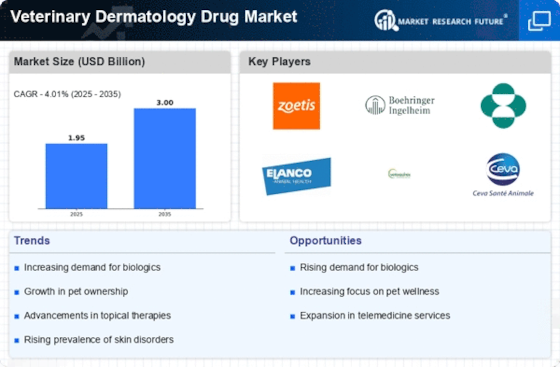
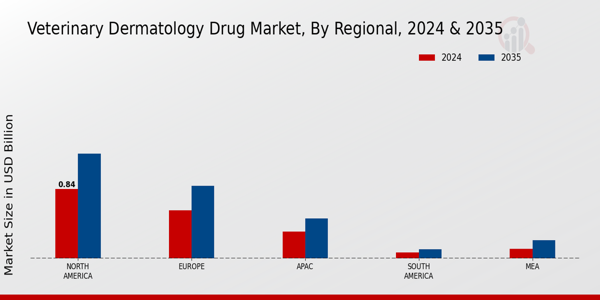

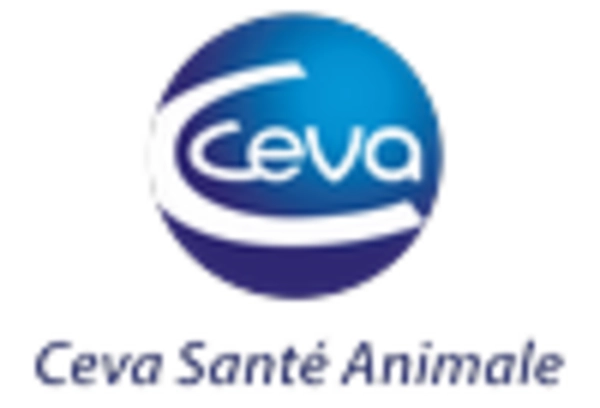

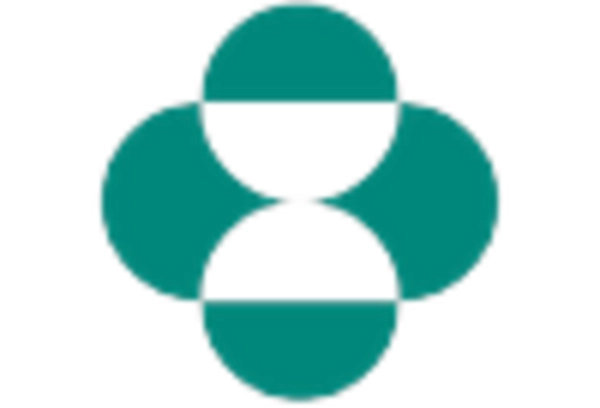
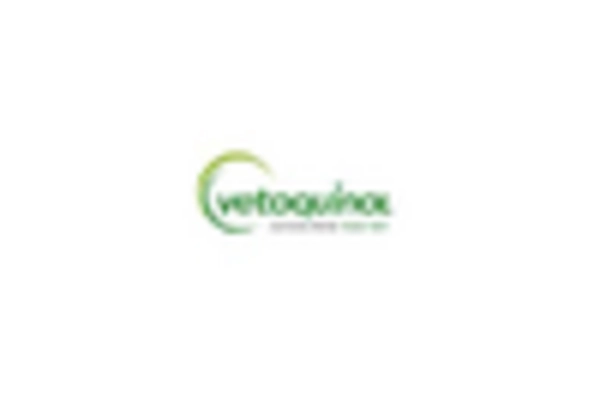
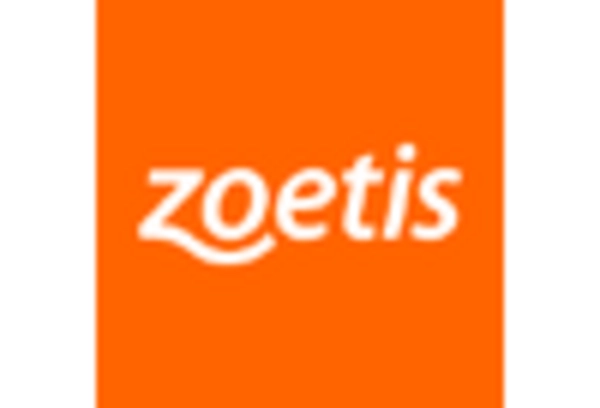








Leave a Comment